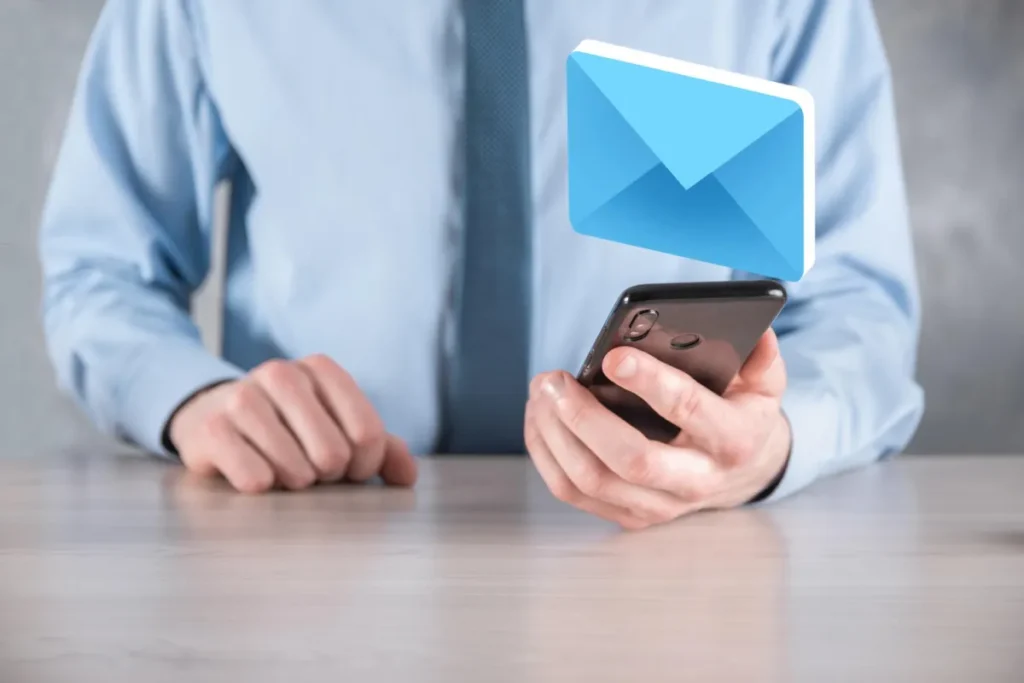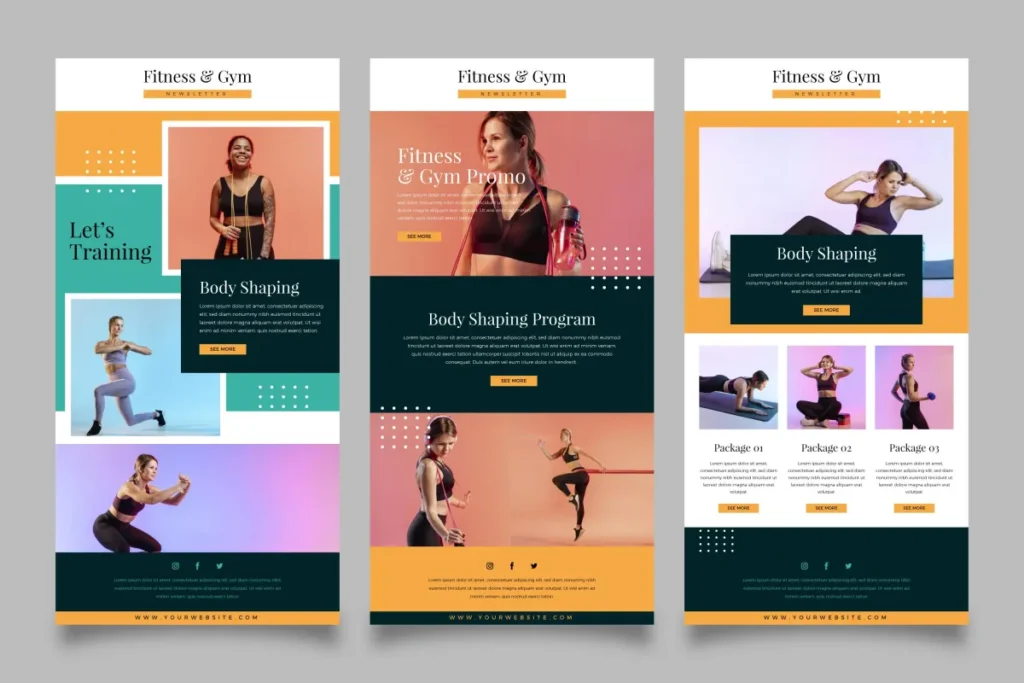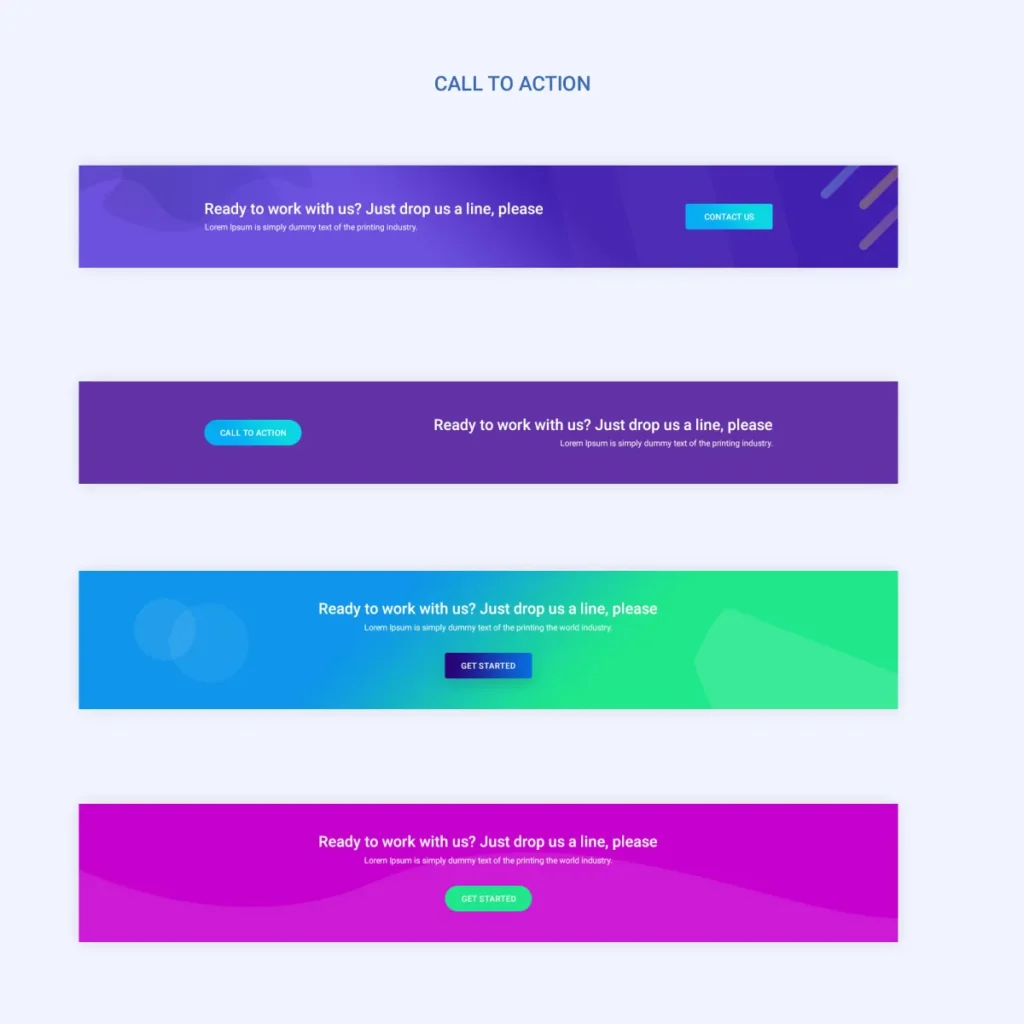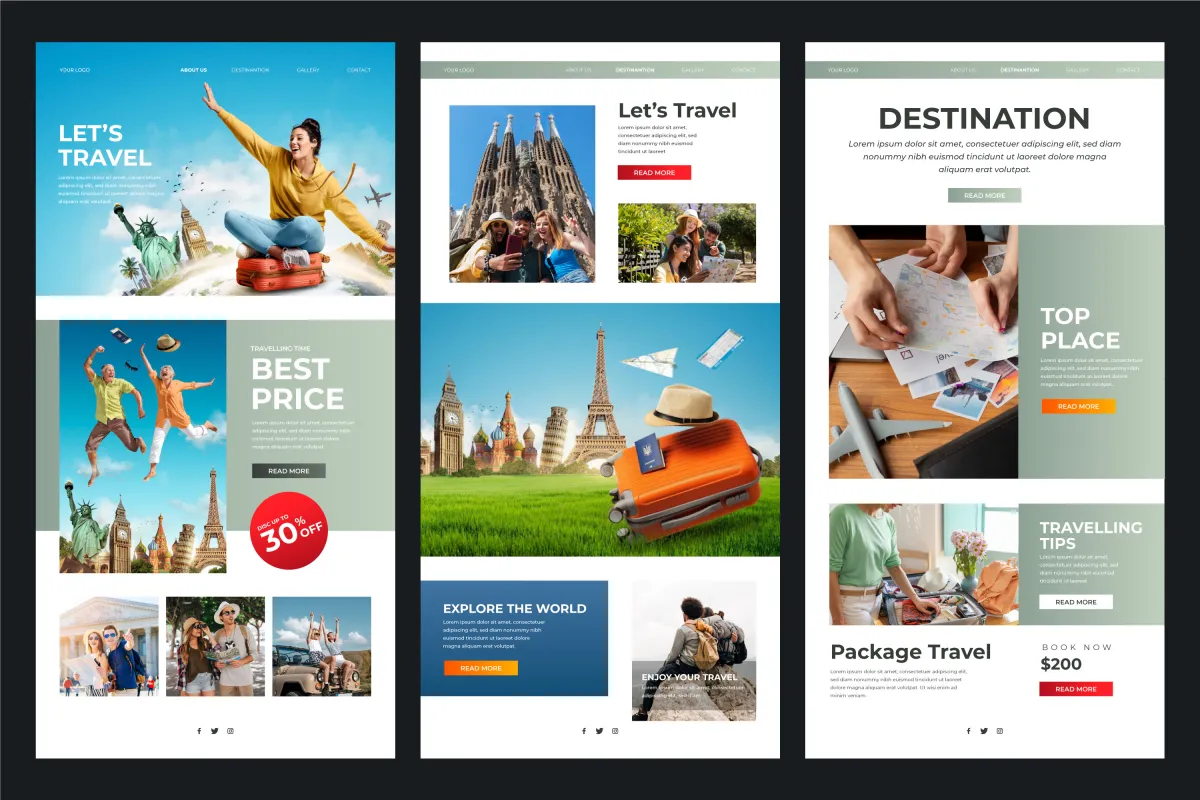Mistakes in email marketing can be costly. Sending the wrong link, a typo, or a broken image to your entire contact list isn’t just embarrassing—it can hurt your brand’s credibility and waste a perfectly good campaign.
And it happens more often than you’d think. With 33 percent of marketers sending emails weekly and 26 percent sending multiple times a month, there are countless opportunities for slip-ups.
The result?
Lower engagement, lost trust, and missed revenue opportunities.
But there’s a solution.
A simple yet effective checklist can help you catch errors before they reach your audience.
Whether you’re a seasoned email marketer or just starting out, this guide will equip you with the steps to send flawless emails that captivate your subscribers and drive results.
1. Test your email across devices and clients

Before you send an email, test it thoroughly. Email design isn’t always one-size-fits-all—what looks perfect in Gmail on a desktop might appear broken on a mobile device or in Outlook.
Send a test email to yourself and view it on various devices, including smartphones, tablets, and desktops. Check different email clients like Gmail, Yahoo, and Outlook to ensure consistency. Look for formatting issues, broken layouts, and images that don’t load properly.
Take it a step further with tools like Litmus or Email on Acid, which allow you to preview your email across multiple platforms and environments.
A polished design ensures your email makes a great first impression, no matter how or where your subscribers open it.
2. Segment and target the right contact list

Email success starts with sending the right message to the right audience. Generic emails can lead to unsubscribes, low engagement, and even spam complaints. That’s why segmentation is key.
Review your contact list and ensure it’s up to date. Remove invalid or inactive email addresses to improve deliverability and avoid wasting effort on unengaged recipients.
Then, segment your audience based on factors like:
- Demographics: Age, location, or gender.
- Behavior: Recent purchases, website activity, or email engagement.
- Stage in the Customer Journey: Are they a lead, new customer, or loyal buyer?
For example, a welcome email for new subscribers should be different from a promotional email targeting your VIP customers.
Personalization at this level boosts open rates and ensures your message resonates with each group.
By targeting the right segment, you’ll increase engagement and build stronger relationships with your audience.
3. Double-check every link

Nothing derails an email campaign faster than a broken or incorrect link. When links don’t work, subscribers lose trust—and you lose conversions.
Before sending to your target audience, click through every link in your email. Confirm that each one:
- Leads to the correct destination: Whether it’s a landing page, product page, or article.
- Is functional: Ensure there are no broken links or 404 errors.
- Has tracking enabled: Use UTM parameters or tracking links to monitor performance in your analytics tool.
Don’t overlook less obvious links like:
- Clickable images
- Social media buttons
- Call-to-action (CTA) buttons
For added assurance, test links in multiple email clients to make sure they work across platforms. A few extra minutes spent testing can save you from costly mistakes and frustrated subscribers.
4. Verify personalization tags are accurate

Personalization can make or break your email’s success.
Emails that use a recipient’s name or other personalized details see higher engagement rates. According to one study,
“74 percent of marketers said that targeted messages and personalization of emails improves customer engagement rates”
—but when these tags fail, the results can be disastrous.
Imagine receiving an email that says, “Hi [FIRST_NAME],” instead of your actual name. It feels impersonal, unprofessional, and can damage trust.
To avoid this, ensure your dynamic fields are working correctly before sending.
Steps to verify personalization:
- Test your email with different contact records to confirm that tags populate correctly.
- Have a fallback option for missing data. For example: Use “Hi there” instead of a blank space or placeholder text.
- Double-check spelling and capitalization for names.
Personalization isn’t just about names—it can include location, recent purchases, or even the last interaction with your brand, so make sure to check these as well.
When done right, personalization creates a tailored experience that resonates with recipients and boosts engagement.
5. Proofread for grammar, spelling, and clarity

Typos and grammar mistakes can make even the most professional brand seem careless. Your subscribers judge the quality of your content, and errors can diminish trust or distract from your message.
Before sending, carefully proofread your email:
- Use tools like Grammarly or Hemingway Editor to catch grammar and spelling issues.
- Look out for homophones: Words like “your” vs. “you’re” or “they’re” vs. “their”. These can slip through automated tools. Be sure to check them manually.
- Read aloud to ensure the tone and flow feel natural.
If possible, have a team member review your email. A fresh pair of eyes can catch errors you might miss.
Don’t forget the details—ensure consistent capitalization, proper punctuation, and alignment with your brand’s voice.
By delivering clean, polished emails, you’ll establish credibility and maintain your professional brand image.
6. Optimize subject lines and preview text

Your subject line is the gateway to your email. If it doesn’t grab attention, your audience may never even open the message.
Pairing it with compelling preview text boosts your chances of engagement even more.
Crafting a great subject line:
- Keep it short and impactful—ideally under 50 characters.
- Use action-oriented language or ask a question to spark curiosity.
- Avoid spammy elements like excessive punctuation, ALL CAPS, or clickbait phrases.
Perfecting your preview text:
- Complement the subject line by adding context or creating urgency.
- Keep it concise and relevant; most inboxes display 40–100 characters.
- Avoid leaving it blank or duplicating the subject line.
For example:
- Subject Line: “Limited-Time Offer: 30% Off Ends Tonight”
- Preview Text: “Don’t miss your chance to save big—shop now!”
Test different combinations using A/B testing to discover what resonates with your audience.
7. Refine images and design

Visual elements can make your email stand out—but only if they display correctly.
Poorly formatted designs or broken images can frustrate subscribers and reduce engagement.
Tips for flawless visuals:
- Use high-quality images that won’t pixelate or stretch.
- Add descriptive alt text for all images to ensure accessibility and readability if images fail to load.
- Optimize image file sizes to improve load times without sacrificing quality.
Design considerations:
- Keep your layout mobile-friendly, as nearly half of all emails are opened on smartphones.
- Test light and dark modes to ensure your design adapts seamlessly.
- Use plenty of white space to make the content scannable and easy on the eyes.
Run a final design check using tools like Litmus or Email on Acid to preview your email in different email clients and devices.
A visually appealing, accessible design enhances your message and creates a lasting impression.
8. Include a clear and compelling call-to-action (CTA)

Your email should always guide readers toward a specific action.
Whether it’s visiting your website, downloading a resource, or making a purchase, your call-to-action (CTA) is the bridge between your content and your goals.
Tips for an effective CTA:
- Be direct: Use clear and action-oriented phrases like “Shop Now,” “Learn More,” or “Download the Guide.”
- Highlight the value: Explain what the recipient gains by clicking, such as “Save 20% Today” or “Get Exclusive Access.”
- Make it stand out: Use contrasting colors and buttons to draw attention to your CTA.
Placement matters:
- Include the primary CTA above the fold for immediate visibility.
- Repeat it at least once in the body of your email for emphasis.
Avoid cluttering your email with too many CTAs. Stick to one or two focused actions to guide your audience without overwhelming them.
A strong, singular CTA can significantly increase click-through rates and ensure your email achieves its intended purpose.
Conclusion
Every email you send is a chance to build trust, foster engagement, and drive results. But one mistake—be it a broken link, a typo, or a poorly targeted list—can undo all your efforts.
By following this comprehensive checklist, you’ll ensure that every email is polished, professional, and perfectly aligned with your goals. From testing across devices to refining your subject lines and CTAs, these steps will help you create error-free emails that leave a lasting impression.
Ready to elevate your email marketing? Start implementing this checklist today and watch your open rates, click-through rates, and conversions soar.
For even more actionable insights, check out our guide on 16 Email Marketing Best Practices.
Frequently Asked Questions about Email Marketing
Below are some frequently asked questions about using an email marketing checklist.
Why do I need an email marketing checklist?
- An email marketing checklist helps you avoid common errors, such as broken links, typos, or targeting the wrong audience. It ensures every email you send is professional, polished, and effective.
How often should I test my emails before sending them?
- Every email should be tested before it’s sent. Use tools like Litmus or Email on Acid to check for formatting issues and broken links across devices and email clients.
What’s the best way to personalize my emails?
- Start by including the recipient’s name, location, or past behavior using dynamic fields. Always add a fallback like “Hi there” in case the data is unavailable, and consider advanced personalization, such as product recommendations or tailored offers.
How can I improve my email open rates?
- Write compelling subject lines and preview text. Avoid spammy elements like ALL CAPS or excessive punctuation. Use A/B testing to understand what resonates with your audience, and ensure your sender name is recognizable and trustworthy.
What’s the ideal length for an email?
- Emails should be concise and scannable. Use short paragraphs, bullet points, and a single, clear call-to-action (CTA). Focus on delivering value without overwhelming the reader.
What tools can help me refine my emails?
- Some helpful tools include:
- Grammarly for proofreading
- Litmus or Email on Acid for testing designs
- Google Analytics or your email platform’s analytics tools for performance tracking
- Canva for creating email visuals
How do I avoid having my emails marked as spam?
- Follow these steps to avoid spam filters:
- Use honest, non-misleading subject lines
- Include a visible unsubscribe link
- Maintain a balanced text-to-image ratio
- Authenticate your emails with SPF, DKIM, and DMARC protocols

